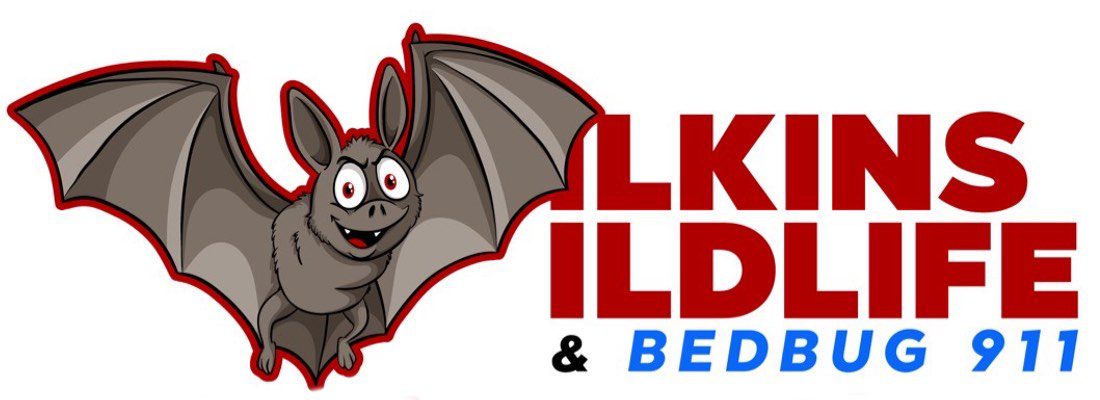How to Handle Coyotes in Delaware
Coyotes are highly adaptable creatures that have become increasingly common in urban and suburban areas, including Delaware. As opportunistic omnivores, they thrive in various environments, making it essential for residents to understand how to coexist with them safely. This “Coyotes in Delaware: Prevention & Detection Tips” guide explores prevention and management strategies, what to do if coyotes appear in your backyard, how to detect their presence, and when coyotes are most active.
Understanding Coyotes in Delaware
Coyotes (Canis latrans) are medium-sized canines, often mistaken for large foxes or small wolves. They are found across the United States, and their range has expanded significantly in recent decades. Delaware’s population is growing, especially in rural and suburban areas where food sources like small mammals, fruits, and discarded human food are plentiful.
Coyotes are vital to the ecosystem, helping control rodent populations. However, their presence can sometimes lead to conflicts with humans and pets, necessitating proper management.
Prevention Strategies to Keep Coyotes Away
Coyotes are naturally wary of humans but can become bold if food or shelter is readily available. Here are effective prevention strategies:
Eliminate Food Sources
- Secure Trash Bins: Use sturdy, wildlife-proof trash cans and ensure lids are tightly sealed.
- Avoid Feeding Pets Outdoors: Remove pet food and water bowls after feeding times.
- Clean Up Fallen Fruit: Pick fruit from trees and bushes to avoid attracting coyotes.
- Remove Birdseed: Excess birdseed can attract rodents, which attract coyotes.
Modify Your Property
- Install Fencing: Build a fence at least 6 feet tall and bury it 1-2 feet underground to prevent coyotes from digging under.
- Trim Vegetation: Remove dense shrubs or overgrown areas that could serve as coyote hiding spots.
- Use Motion-Activated Lights: Bright lights can startle coyotes and discourage them from approaching.
Supervise Pets and Children
- Keep Pets Indoors: Avoid leaving small pets like cats and dogs unattended, especially at dawn and dusk, when coyotes are most active.
- Leash Your Dog: Use a sturdy leash no longer than 6 feet when walking your dog.
- Educate Children: Teach children not to approach or feed wildlife, including coyotes.
Use Deterrents
- Noise Makers: Devices like air horns or whistles can scare off coyotes.
- Coyote Repellents: Commercially available repellents can be applied around your property.
- Coyote Hazing: Wave your arms, yell, or throw objects (not to hit but to scare) if you encounter a coyote near your home.
What to Do if You Have Coyotes in Your Backyard


If a coyote has ventured into your backyard, acting promptly and responsibly is essential. Here are the steps to take:
Assess the Situation
- Determine if the coyote is behaving aggressively or appears injured.
- If the coyote seems sick or injured, do not approach it. Instead, contact local wildlife authorities or a professional wildlife removal service.
Scare the Coyote
- To scare the coyote away, make loud noises, such as clapping or banging pots and pans.
Remove Attractants
- Identify and eliminate any potential food sources or shelter in your yard.
- Close off access to sheds, garages, or other areas where a coyote might hide.
Contact a Professional
- If the coyote does not leave or returns repeatedly, it’s time to call a wildlife management professional, such as Wilkins Wildlife & BedBug 911, for safe removal and prevention services.
How to Tell if a Coyote Is Near
Coyotes in Delaware are elusive and often active when humans are less likely to notice them. Here are signs that a coyote may be in your area:
Tracks and Scat
- Tracks: Coyote tracks resemble dog tracks but are more elongated and typically lack claw marks.
- Scat: Their droppings often contain fur, bones, or seeds and are used to mark their territory.
Vocalizations
- Coyotes communicate using howls, yips, and barks. These vocalizations are often heard at night and can indicate the presence of a pack nearby.
Sightings of Prey
- An increase in activity from prey animals, such as rabbits, rodents, or deer, may attract coyotes to the area.
Disturbed Trash or Food Sources
- Tipped-over trash cans or signs of scavenging around your property can signal coyote activity.
When Are Coyotes Most Active?
Coyotes are most active during specific times of the year, which can help you anticipate their presence:
- Breeding Season (January to March): Coyotes become more territorial and vocal during this time.
- Pup-Rearing Season (April to August): Coyotes are particularly active during this season and may be seen hunting to feed their young.
- Fall and Winter (September to December): Coyotes increase their activity in preparation for winter, often searching for food over larger territories.
Understanding their seasonal activity patterns of coyotes in Delaware can help you implement prevention measures effectively.
Protect Your Property and Stay Safe from Coyotes in Delaware
Coyotes in Delaware are a natural part of Delaware’s wildlife, but their presence doesn’t have to lead to conflict. By implementing prevention strategies, staying vigilant, and knowing how to respond to encounters, you can minimize risks to your family, pets, and property.
If you’re dealing with coyotes in Delaware it is highly recommended to seek professional assistance, contact Wilkins Wildlife & BedBug 911. The expert team specializes in humane wildlife removal and can help you secure your property against future intrusions.
Don’t wait—reach out today for peace of mind and a safer home environment.
